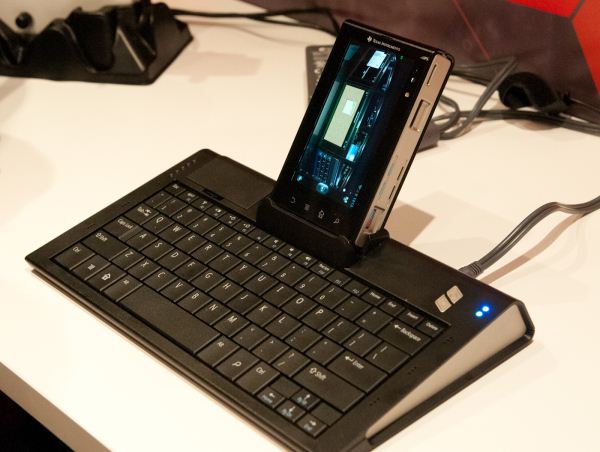Entries tagged as remote display
mobile 3d 3g ai android app apple ar augmented reality automation camera cpu data visualisation display drone facebook flash game geolocalisation google gps network algorythm amazon arduino botnet browser chrome chrome os cloud cloud computing crowd-sourcing data center data mining firefox phone tablet technology wifi desktop gui hardware hybrid innovation&society interface laptop mouse os programming software touch 3d printing army artificial intelligence car cray drugs internet light open source security sensor tracking wireless
Tuesday, March 27. 2012
TI Demos OMAP5 WiFi Display Mirroring on Development Platform
Quicksearch
Popular Entries
- The great Ars Android interface shootout (130433)
- Norton cyber crime study offers striking revenue loss statistics (100134)
- MeCam $49 flying camera concept follows you around, streams video to your phone (99399)
- The PC inside your phone: A guide to the system-on-a-chip (56705)
- Norton cyber crime study offers striking revenue loss statistics (56363)
Categories
Show tagged entries
Calendar
|
|
October '25 | |||||
| Mon | Tue | Wed | Thu | Fri | Sat | Sun |
| 1 | 2 | 3 | 4 | 5 | ||
| 6 | 7 | 8 | 9 | 10 | 11 | 12 |
| 13 | 14 | 15 | 16 | 17 | 18 | 19 |
| 20 | 21 | 22 | 23 | 24 | 25 | 26 |
| 27 | 28 | 29 | 30 | 31 | ||


